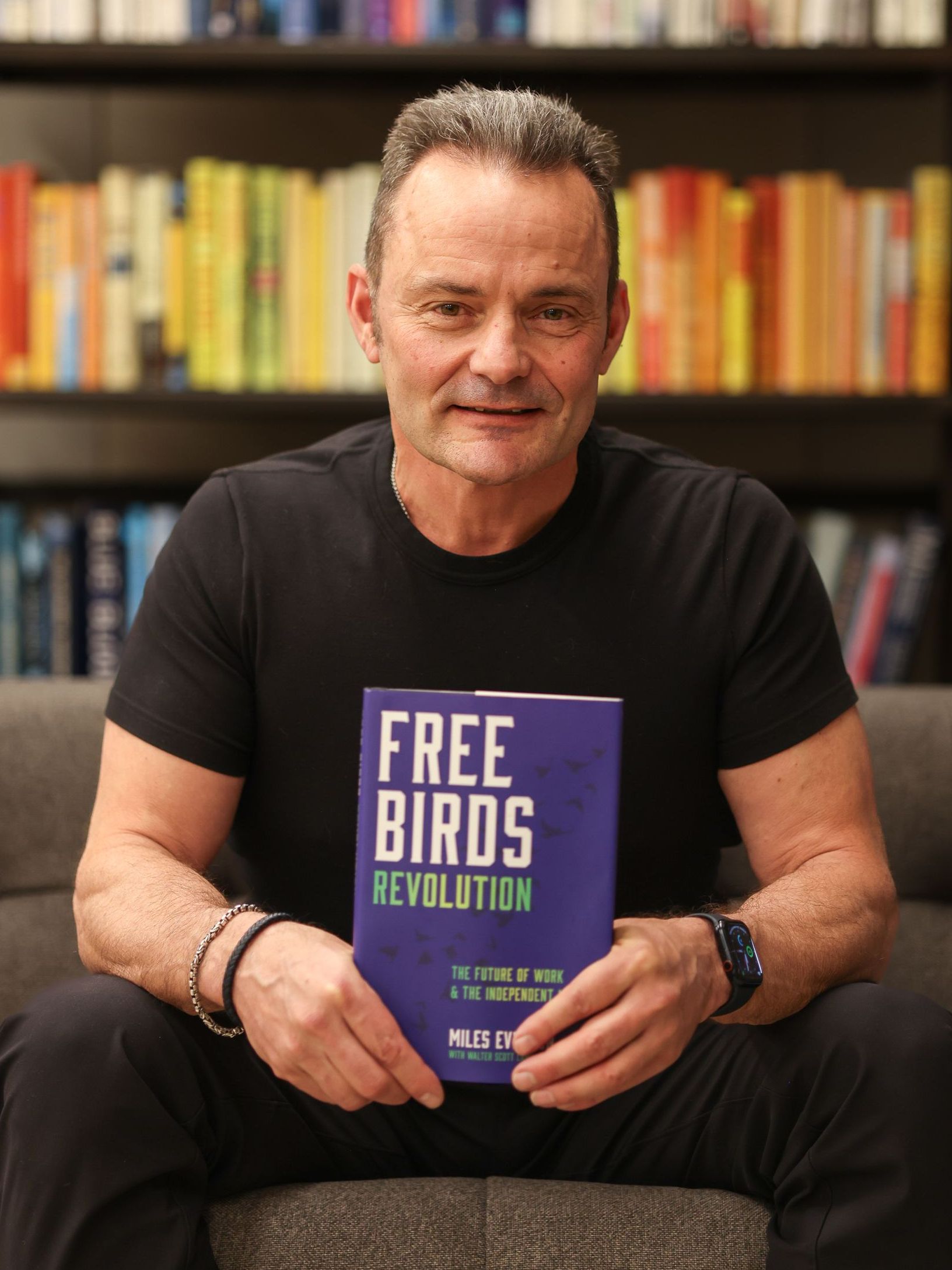Here's a glimpse as to why we believe that "the customer is always right!"
|
|
Today, let’s delve deeper into another aspect of the 3rd foundation of RDS. Keep reading to better understand what it truly means to put your customers’ needs first before anything else. Here's a glimpse as to why we believe that "the customer is always right!" What do you think is the pathway to a firm’s superior financial performance? High-quality products? Effective processes and operations? Return-driven bosses? While these are all factors to helping a firm achieve superior financial performance, they can only do so much without the ULTIMATE yet often-overlooked pathway: CUSTOMERS. Here’s the thing: Knowing that customers are the pathway to superior financial performance is just the beginning. According to Professor Joel Litman and Dr. Mark L. Frigo in the book, “Driven,” after this identification stage, it is also crucial that business leaders and managers pinpoint what performance measures truly guide the organization to strategize and execute on this path. Sure, lots of firms naturally say that they are focused on customers… but which customers and what specific customer needs?
Professor Litman and Dr. Frigo say that research behind the Return Driven Strategy framework shows that the most successful companies are guided by the goal tenets of business strategy: Fulfill Otherwise Unmet Customer Needs and Dominate Markets. Time and again, history shows that these tenets must be the centerpiece for improving strategy and its execution. This means given the importance, companies must understand how key performance measures can guide and drive a firm’s execution towards superior results. The problem is this: Most mediocre companies focus on performance measures relating to internal processes without a strong connection or linkage to customer needs. No matter how useful the benchmarking and best practices are, they can lead a company in the wrong direction by focusing on the same processes and practices, unintentionally forgetting about the customer. Let’s take a look at this in the context of General Electric ’s (GE) focus on one strategic benchmark… “Be number one or number two in the industry or get out.” This is a simple line yet it carries with it weight and power. In fact, it is the driving force for the business strategy of the organization—it is a customer-directed benchmark! After all, who but the customer makes the business unit number one? Always remember: A company can innovate its processes or operate more efficiently, but none of it is of any worth if the customer isn’t buying at prices close to the value received. Another exemplary company in this area is Coca-Cola … When the management at Coca-Cola learned that the average human being drinks 64 ounces of liquid per day, the goal became to increase Coke’s “share of stomach,” not “share of the market.” However, colas weren’t enough to gain a higher percentage of those 64 ounces. If that were so, many medical professionals and health enthusiasts would have talked back against Coca-Cola! So, what did the company do? It leveraged its marketing and distribution power to acquire and introduce new beverages: juices ( Minute Maid, Fruitopia), coffee ( Georgia, distributed in Japan), milk ( Swerve), and water ( Dasani), all in the name of capturing greater “share of stomach” worldwide. See? Coca-Cola, amid concerns that it had saturated the soda pop beverage market, focused on this metric to help the company to continue growth beyond that core area. In the end, “share of stomach” or share of total beverages consumed, not simply soda pop, helped the company to drive such businesses as its bottled water business and many other beverage lines. Unit sales and case sales have also been customer oriented, focusing on how consumers have voted for the company’s products through their purchases. … and this is why Coca-Cola remains one of the most enviable examples of strategy and execution in all of Corporate America. — See? Such high-performing companies studied in the Return Driven Strategy initiative did not make it to the list for no reason. The evidence of their priorities shows: “Focus first and foremost on customer needs, and adjust internal processes appropriately.” This theme has helped many executive teams rethink the way they manage and measure performance, as well as rethink the way they interact and communicate with their customers. The result? Customers vote for their company in the form of purchases, choosing their brand over any other competitor! This shows that in its own way, such well-known themes like that of GE and Coca-Cola drives a business towards a customer-focus. — If you’re looking to gain a better understanding of Return Driven Strategy and Career Driven Strategy, we highly recommend checking out “Driven” by Professor Litman and Dr. Frigo. Click here to get your copy and learn how this framework can help you in your business strategies and ultimately, in ethically maximizing wealth for your firm. Hope you found this week’s insights interesting and helpful. EXCITING NEWS AHEAD The world of work has shifted, and there’s no going back. The barriers to entry have never been lower for talented professionals to work independently, and today’s massive external workforce is hardly a pandemic-produced fad. Business owners can only survive in the new work landscape by partnering with this deep talent pool. With decades of experience in both small-business entrepreneurship and executive management at PwC, I truly believe that the future of work is independent. With that, I’m happy to share with you that my book, co-authored with Walter Scott Lamb, is now available on Amazon! Free Birds Revolution: The Future of Work & The Independent Mind This new bestseller is an essential read for both independent professionals and corporate executives. Here, we provide educational and practical guides to unpack the ever-growing workforce and offer you crucial ways to become a client of choice. Click on the link above to order your copy. Let this bestselling book help you future-proof your career and organization in the new world of work. Stay tuned for next Tuesday’s Return Driven Strategy! This company unlocked higher levels of financial performance and shareholder value by changing the way it operates. Learn more about redesigning processes in next week’s article! |

Miles Everson
CEO of MBO Partners and former Global Advisory and Consulting CEO at PwC, Everson has worked with many of the world's largest and most prominent organizations, specializing in executive management. He helps companies balance growth, reduce risk, maximize return, and excel in strategic business priorities.
He is a sought-after public speaker and contributor and has been a case study for success from Harvard Business School.
Everson is a Certified Public Accountant, a member of the American Institute of Certified Public Accountants and Minnesota Society of Certified Public Accountants. He graduated from St. Cloud State University with a B.S. in Accounting.



